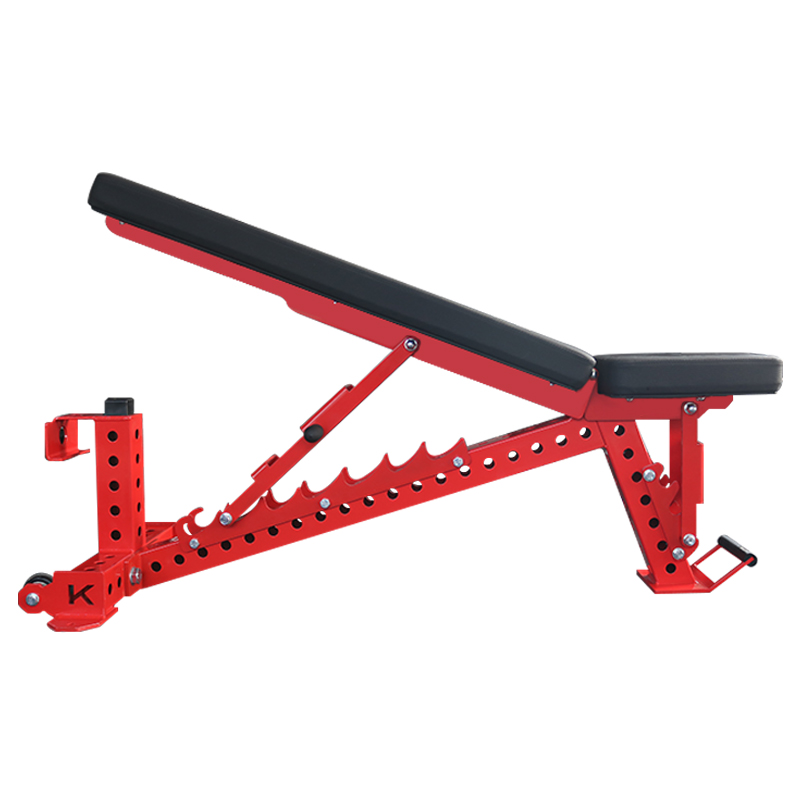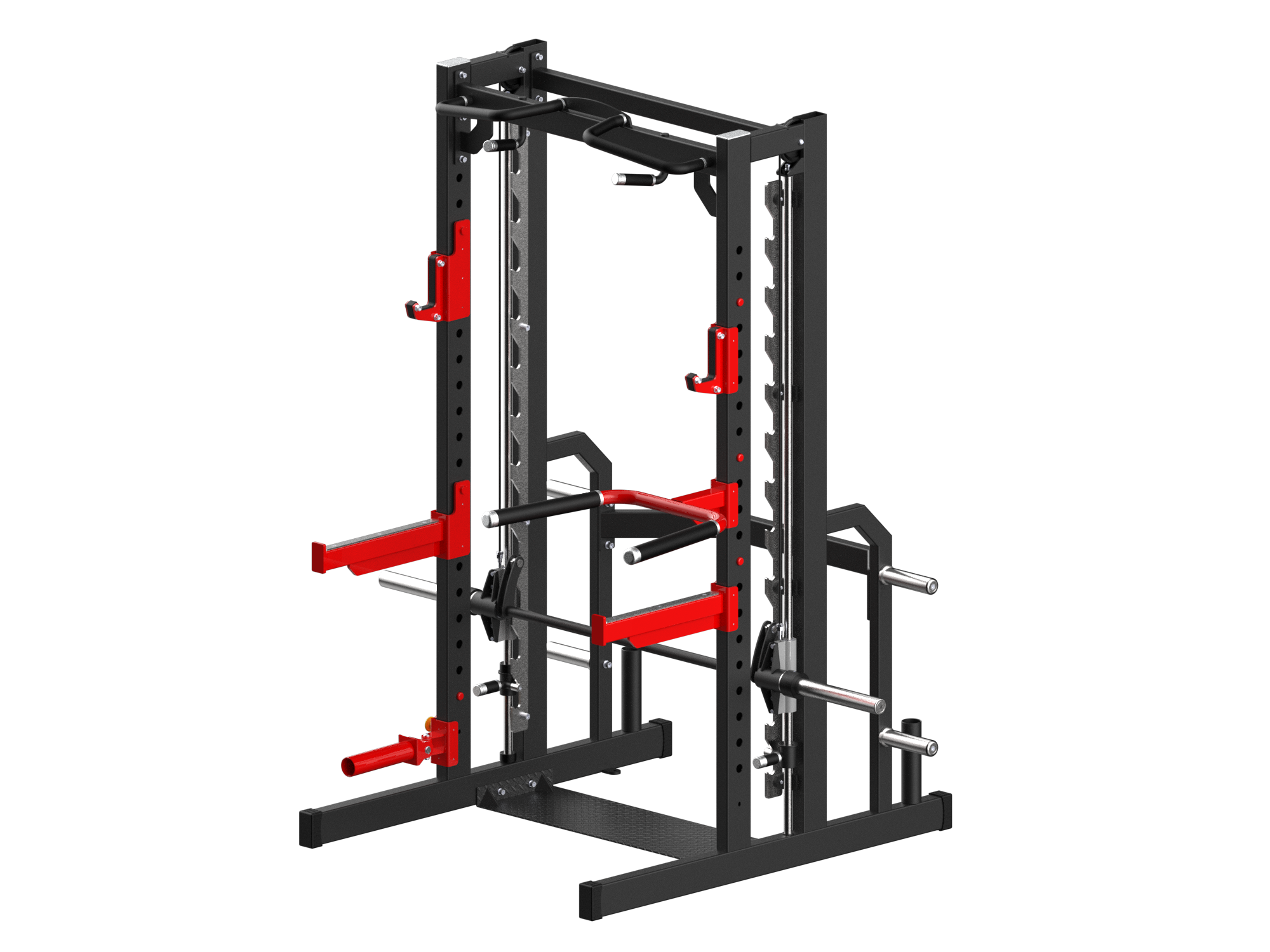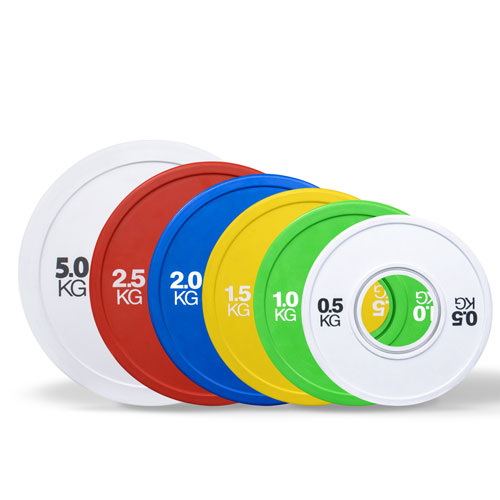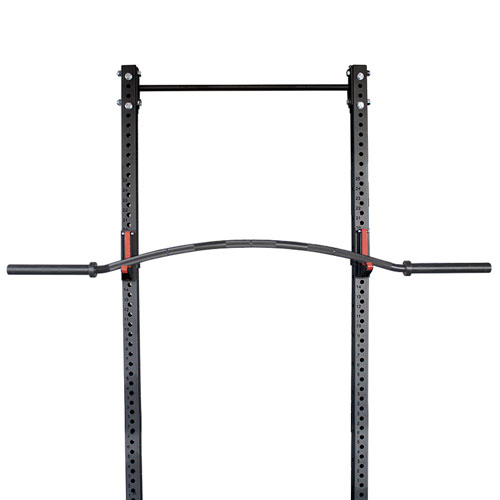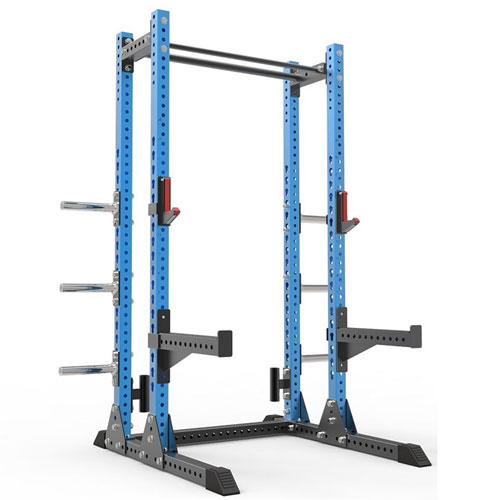5 exercicis per millorar la postura i reduir el dolor
Els humans estan fets per moure's. Estem fets per mantenir-nos drets. Estem fets per caminar amb el cap ben alt.
Però en algun lloc d'aquest meandre evolutiu, algú va posar un ordinador sobre la taula davant nostre i ens va posar un telèfon a les mans. I vam començar a passar hores encorbats. Les nostres barbetes, que abans estaven a una distància decent de la gola, han començat a inclinar-se cap a dins. Tenim les espatlles encorbades; els nostres passos es mouen a poc a poc.
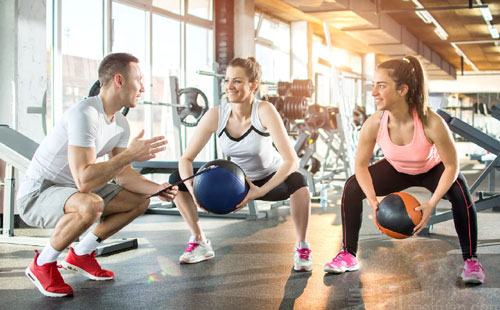
Quan els nostres caps, que pesen uns 4,5 kg, s'inclinen cap endavant, això augmenta la pressió sobre les nostres columnes vertebrals fins a 27 kg. No és estrany que molts de nosaltres estiguem patint una pèrdua de massa muscular, una mala postura i un major risc de lesions. Els fisiòlegs anomenen la condició resultant síndrome creuada superior i inferior.
Les classes d'Orangetheory Fitness, és clar, poden ajudar a compensar aquestes i moltes altres molèsties actuals. La clau és mantenir l'impuls d'aquests 60 minuts a la resta de la teva vida.
Això significa fer del moviment una prioritat durant tot el dia, igual que planificar àpats saludables i passar temps amb els éssers estimats. Si ho fas, et sentiràs millor i tindràs més energia per a les tasques diàries.
Aaron Santiso, fisioterapeuta i membre del consell assessor mèdic d'Orangetheory, ofereix aquestes rutines d'estiraments per ajudar-nos a mantenir-nos forts, alineats i drets durant tot el dia. Alguns estiraments que recomana són tan fàcils que podríeu pensar: "Com pot ajudar això?". Confieu en la ciència. I sí que ho fa.
The name: Upper trapezius stretch
The target: The muscles in your upper back that help you raise your arms.
The reason: When you lift your arms, one shoulder may seem higher than the other. “Your body may be compensating during this movement pattern due to a muscular imbalance and weakness inside your shoulder,” Aaron says.
The method: Sit tall on a chair, grasping the edge of the seat with your right hand. Slowly bend your neck toward your left shoulder, using your left hand to direct your head. Be sure to keep your right shoulder pressed down. Stop when you feel a comfortable pull on the right side of your neck. Hold for 20 seconds; return to starting position and repeat on the left side. Aim for five stretches on each side, whenever you feel the need.
The name: Levator scapulae stretch
The target: If you know even pidgin Latin, you can translate this as raising the scapula — the shoulder blade, the bone that connects the upper arm and the collarbone.
The reason: Like the previous exercise, this helps keep your neck from taking over movements designed for your shoulders.
The method: Again, sit tall in a chair, holding onto the right side of the seat with your right hand. With your left hand on top of your head, tilt your chin toward your left armpit. Keep your posture straight, stopping when you feel a comfortable pull in the back of your neck. Repeat on the left side, holding each stretch for 20 seconds, for a total of five times on each side.
The name: Open-clam exercise
The target: This especially helps alleviate Upper Crossed Syndrome, which is discomfort in the neck, shoulders, chest, mid-back, elbows and wrists. It starts when we hunch over our computers and follows us into the gym, causing poor form and leading to more discomfort.
The reason: Who wants rounded shoulders, a collapsed chest, and a chin that juts out? Do this exercise two or three times a week to bring your center of gravity in line with your body.
The method: Lie on your side, knees bent at 90 degrees. Rest your head on one arm; with the other, hold your hip to keep from rolling your body. Lift your top knee an inch into the air, lower, and repeat. This targets the gluteus muscle, which helps stabilize knees, lower back and pelvis. Aim for four sets of 25 to 35 reps on each side, three or four times a week.
The name: Sideline external rotation
The target: Your shoulders and neck, so you can stand and sit tall without slouching.
The reason: Who wants bad posture? (We’re not seeing any hands being raised here!)
The method: Lie on the floor on your right side, supporting your head with your right hand or with a couple of pillows. With your left elbow at a 90-degree angle, hold a weight no heavier than five pounds in your right hand (any heavier and it could negatively affect your rotator cuff).
Aixeca lentament la manuella fins a una mica per sobre de l'alçada del colze, mantenint aquest angle de 90 graus mentre la manuella es manté paral·lela al terra. Fes-ho de 15 a 25 vegades; repeteix-ho a l'altre costat. Intenta fer-ho de tres a quatre vegades per setmana.
The name: Hip flexor stretch
The target: The muscles basically responsible for lifting your legs and knees toward your body.
The reason: This counteracts the stiffness that develops when we sit too much, which the average American does for 13 hours a day. Sitting shortens these muscles and can bring about lower back pain, so stretching them is imperative.
The method: Start in a kneeling lunge position, right knee bent at a 90-degree angle over the ankle, left knee on the ground, weight evenly distributed to both legs. Draw in your navel. With hands on your hips, slowly move your body forward till you start to feel a stretch in your left leg.
Per a un estirament més profund, aixeca el braç del costat que s'estira i gira el cos cap a aquest costat. Mantén la posició durant 30 segons; repeteix a l'altre costat. Això és una sèrie; fes-ne quatre més, estrenyent el gluti de cada costat que s'estira. Intenta convertir-ho en un hàbit diari.
Aquí teniu alguns consells més per mantenir-vos en moviment (a part dels vostres entrenaments d'Orangetheory, és clar), fins i tot si treballeu en una feina d'escriptori i esteu asseguts la major part del dia. Us són útils? Comparteix-los; al cap i a la fi, tots estem junts en aquesta qüestió del moviment.
1. Fes servir el lavabo d'un altre pis.
2. Fes flexions de braços o salts de tríceps mentre esperes que el cafè es torni a escalfar.
3. Cada 30 minuts, aixeca't. Després, seu. Després, aixeca't a mig camí; mantén la posició durant 10 segons i, a continuació, aixeca't tot el camí. Torna a seure. Recorda que cada moment suma.
4. Quan estiguis assegut, aixeca els dos peus del terra. Mantén la posició durant 10 segons, 15 o 30. Repeteix-ho durant tot el dia.
5. Surt a l'aire lliure tan sovint com puguis. Fins i tot uns minuts a l'aire fresc poden baixar la pressió arterial i fer meravelles per al teu estat d'ànim.
6. Mantingueu una pilota a l'escriptori. De tant en tant, poseu-la entre els turmells. Estireu les cames; manteniu-les en aquesta posició uns segons i després doblegueu-les.
7. Hidrata't. No et quedis mai sense la teva ampolla d'aigua. Omple-la en un pis diferent, fent dos passos alhora.

